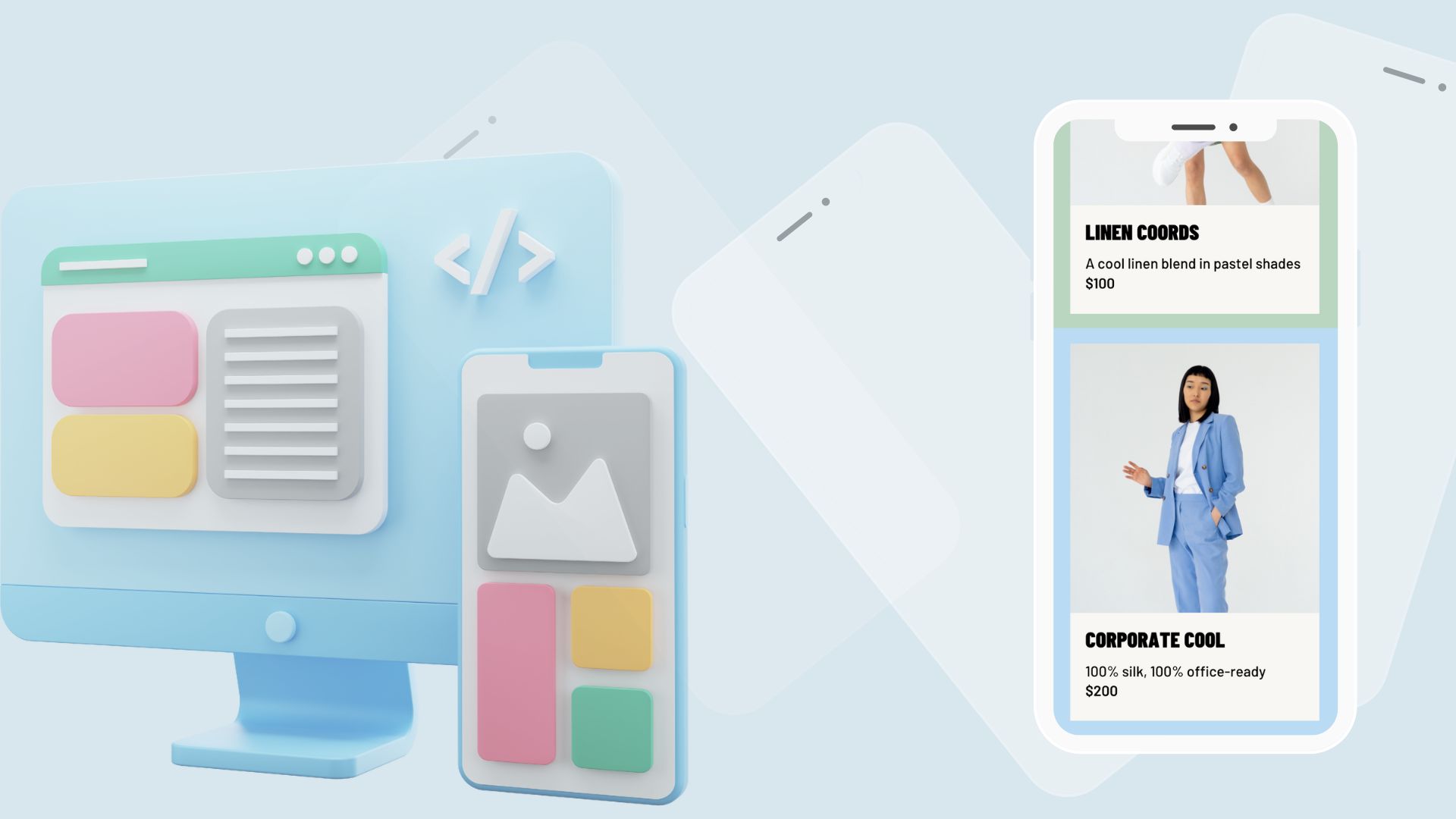Advantages and Disadvantages of Mobile-First Web Development
As more internet traffic and digital interactions happen on mobile devices, the philosophy of “mobile-first” design and development is becoming increasingly embraced. Mobile-first refers to the approach of designing websites and applications for mobile devices first, before building out the experience for desktop and larger screen sizes.
While there are clear benefits to prioritizing mobile from the start, this methodology also comes with some potential drawbacks. Let’s examine the key advantages and disadvantages of adopting a mobile-first web development strategy.
Advantages of Mobile-First Development
1. Prioritizes User Experience
Prioritizes User Experience for the Majority With global mobile web traffic now accounting for over half of total internet traffic, designing for mobile users first ensures you’re catering to the majority, instead of treating the mobile experience as an afterthought. This user-centric approach enhances usability and accessibility.
2. Encourages a Minimalist, Content-Focused Mindset
Designing for mobile’s limited screen real estate forces developers to prioritize only the most essential content and functionality upfront. This encourages a minimalist, streamlined design and prevents the temptation to overload interfaces with unnecessary clutter.
3. Easier to Scale Up
Easier to Scale Up Than Scale Down It’s generally easier to scale and optimize an experience from a simple, mobile foundation to larger screen sizes than it is to retrofit an existing desktop website to be mobile-friendly. Designing mobile-first prevents technical debt and clunky workarounds.
4. Faster Page Load Times
Faster Page Load Times Mobile-optimized pages built with a lightweight, performance-focused approach load faster, improving key metrics like time to first byte and first contentful paint. This speed boost enhances SEO and delivers a better user experience across devices.
5. Consistency Across Devices
Consistency Across Devices With a single, unified codebase across mobile and desktop, maintaining a consistent user experience with shared design patterns and logic is easier. This prevents fragmented, disjointed experiences and technically complex workarounds.
Disadvantages of Mobile-First Development
1. Neglecting Desktop Design
Desktop Can Be an Afterthought When the entire focus is on optimizing for mobile upfront, it’s easy for the desktop experience to feel like an afterthought or adaptation instead of being intentionally designed and tailored for larger screen spaces and user behaviors.
2. Lack of Real Estate
Constraints Can Hinder Innovation Designing within mobile’s limitations necessitates cutting scope in some areas. This can potentially stifle creativity and the desire to implement more robust, experimental features and interfaces typically enabled by larger screen real estate.
3. Higher Development Cost
Increased Development Costs Building a truly seamless, responsive experience that rethinks layout and functionality across a range of screen sizes can be time-consuming and costly compared to a traditional “desktop-first” approach. Thorough planning and cross-device testing is required.
4. Environmental Differences
Different Use Cases on Desktop vs Mobile User needs, behaviors, and contexts can differ significantly between mobile and desktop environments. A mobile-first design optimized for short sessions, portability, and simple actions may miss opportunities to cater to the unique use cases of desktop web interactions.
5. Additional Training of Developers
Web Traditionalists May Be Skeptical Some organizations and stakeholders with legacy mindsets are attached to established, desktop-centric web design workflows. Convincing them of the value and necessity of a mobile-first overhaul can be an uphill battle.
As user behaviors and technology continue to evolve, the advantages of mobile-first design and development are difficult to discount. While it requires extra upfront planning and effort, prioritizing the mobile experience first ultimately results in better usability, performance, and scalability across all devices – critical factors in our mobile-driven world.



